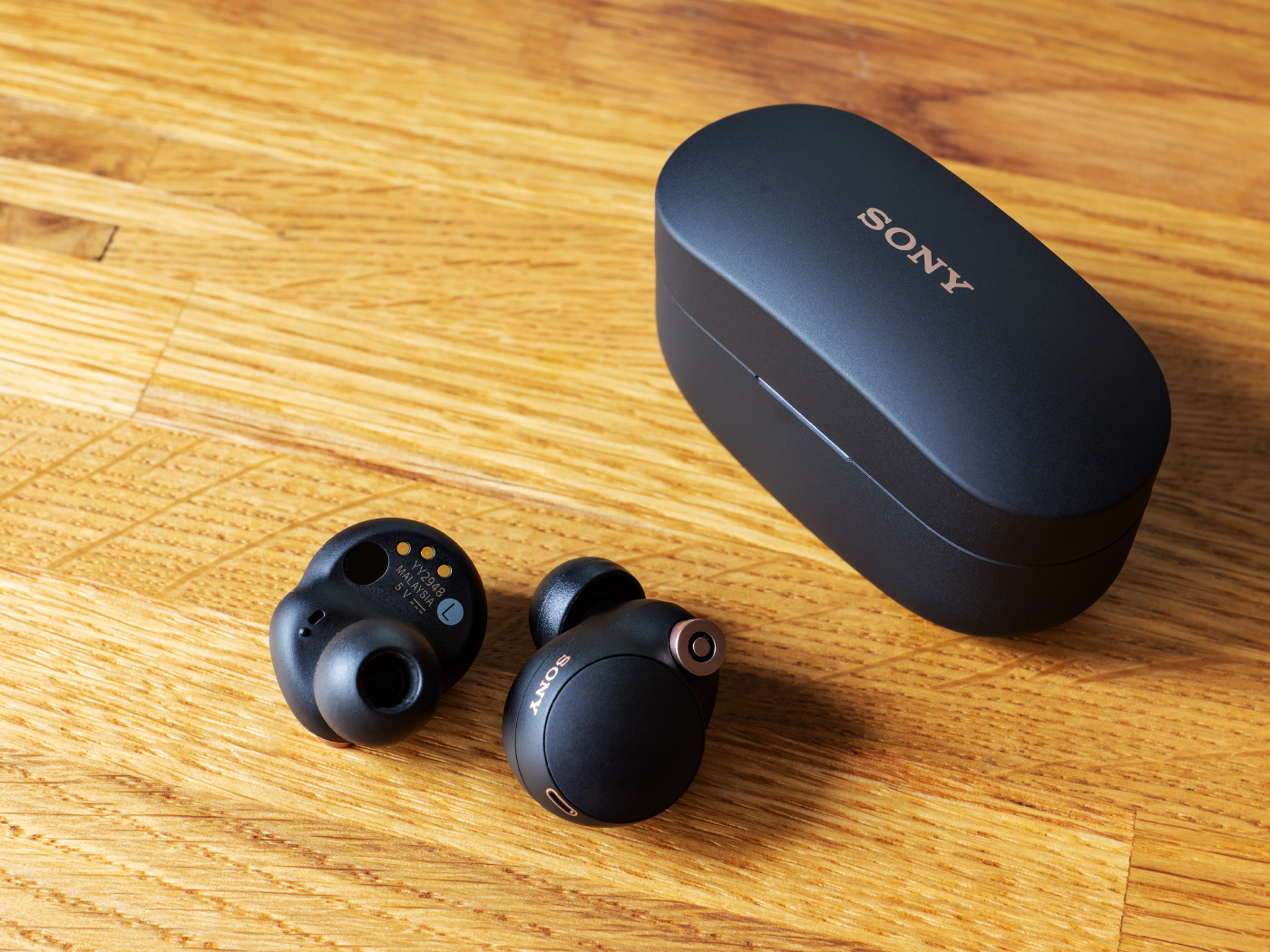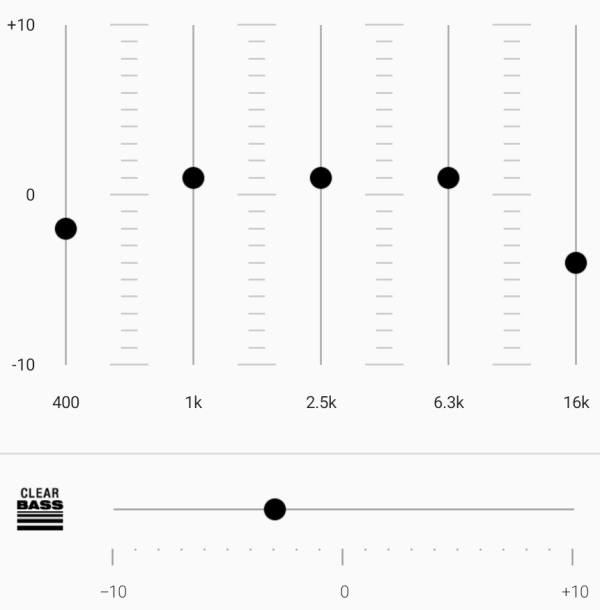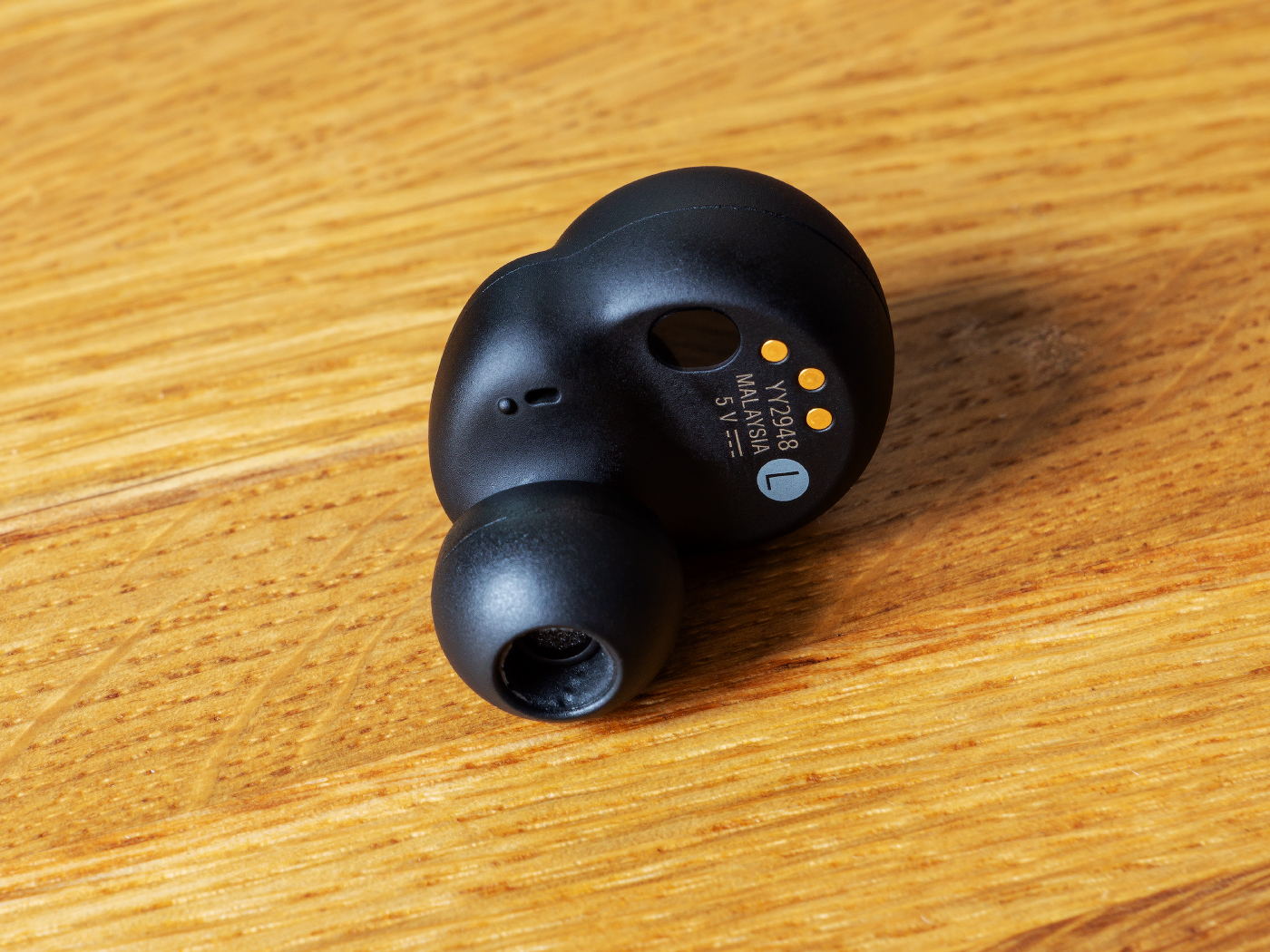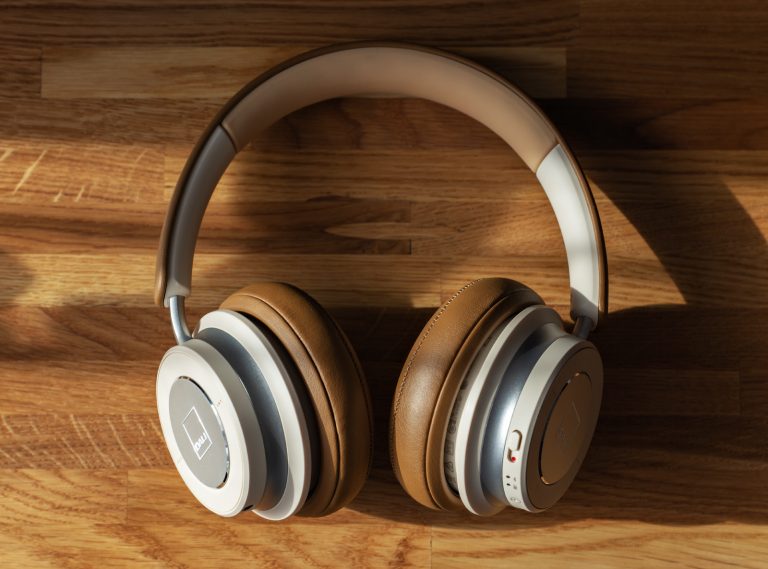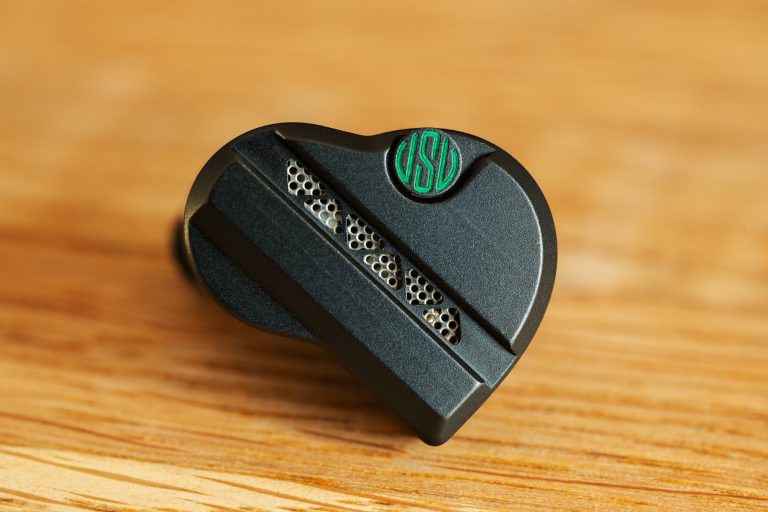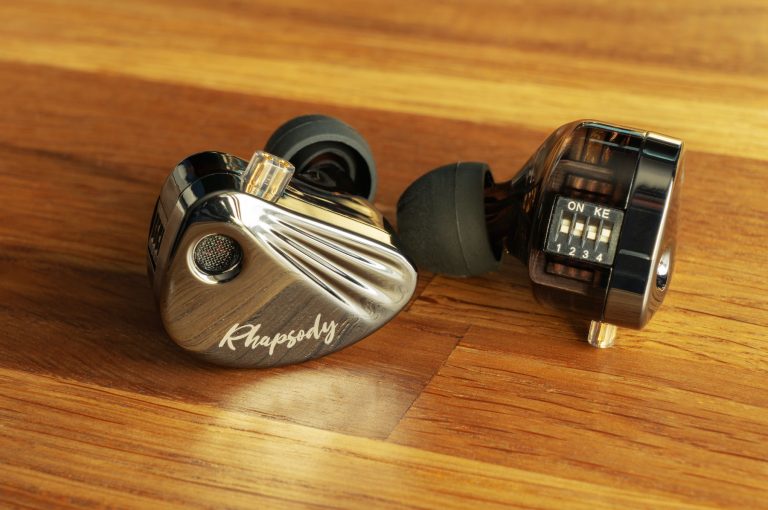Audiophiles should not suffer! Sony WF-1000xm4: the review
Just in case: this introduction isn’t about the WF-1000xm4, so you can safely skip it if you want.
Pure hate
Sometimes a company tries to make a good product, but they produce a monster instead. This is exactly the case of the Noble Falcon Pro (my review): these are disgustingly poorly functioning headphones with a rather pleasant sound delivery. After 2 months of use, I had to say goodbye to them, since it turned out that I like to remain sane more than I like good sound: even after the Falcon Pro firmware update, these sometimes weren’t able to connect to my smartphone, the equalizer kept saving the presets it liked (and not what I tried to save), the control gestures were unstable, and the quality of speech transmission was just awful. I’m a very patient man, but one thing made me take the final decision. It’s pretty easy to reproduce: the headphones (being ON) should just lie next to each other – just for a minute. Believe me, it’s a common thing: for example, when buying your triple espresso and holding the headphones in your hand. Or when chatting with your buddy you accidentally met when heading home. Or even when you just fail to put the headphones right against the contacts in their case. And then there may be a squeaky seasoning to your daily musical indulgence, and the loudness of such an effect depends on the physical position of one earpiece relative to the other and the distance between them. Which makes me think it has something to do with the magnetic fields. At the maximum volume, the squeak can be heard from 10 meters away! I even recorded this, watch with sound (no NSFW, promise):
Theoretizer, hold your horses! There’s no ANC in this model, the acoustic transparency mode is turned off (and can only be enabled via the app).
How on earth could they possibly miss this crap during testing! You may want to know why nobody among the reviewers or just users has ever dropped a word about this. I suppose, nobody was able to take it for 2 months like I did.
So, here’s a bitter truth: the Noble Falcon Pro headphones are complete and downright shit. Don’t buy them and don’t even think their sound quality would compensate for all those glitches. PTSD is extremely expensive to treat, you know.
The Sony WF-1000xm4
Well, why Sony WF-1000xm4? Believe it or not, it’s insanely hard to find anything decent, that’s why. All of the TWS headphones models I’ve tried (about 30 of them) didn’t fascinate me in any way, and it just so happened that the WF-1000xm3 I once owned were cool. I really enjoyed them, but then the battery capacity decided it’s time to go.
Therefore, I thought, at least some decent active noise reduction is guaranteed, and ordered the WF-1000xm4 (hereinafter: 1000xm4).
Since the experience of using Falcon Pro was truly traumatizing, let me emphasize one thing: the 1000xm4 are literally stuffed with features – smart, smarter and smartest ones, – and it all works. Like, all of them! Even the automatic music pausing with the parallel acoustic transparency enabling reacts to the user’s speech, and not any tiny cough, yawn or neighbor reacting to the soccer match. The app is simple and intuitive, the headphones connect to the smartphone immediately once you get them out of the case, and the gestures always work as they should. Read more about it below.
After using the Falcon Pro, such a device experience feels like a super premium luxury thing during the first couple of days.
Sound
From a hardware point of view, the sound reproduction is ensured by a 6 mm speaker controlled by the V1 chip, which is actually a MediaTek MT2822SA. Here’s a great article about all those 1000xm4 guts.
At the time of writing this article, the current firmware version is 1.2.6.
The measurements were performed using a modified miniDSP EARS rig calibrated to the IEF target curve for in-ear headphones. The headphones measurements corresponding to the target IEF curve should look like a flat curve in my graphs. For each of the earpieces, the measurements were made until 5 reliable and stable measurements were obtained for the left and right channels; any deviant measurement results were excluded. The resulting measurements were obtained by averaging the responses of two channels, that is, ten measurements in total were taken into account. All diagrams shown feature 1/12 octave smoothing. The W-shaped distortions present in the graphs at frequencies around 550, 4500 and 12700 Hz are due to the imperfection of the rig. Don't look at them. For a Bluetooth sound source, the Hiby R5 player was used. For more about rigs, graphs and headphone measurements click here.
The amplitude-frequency response of the 1000xm4 without equalizer, without noise reduction, with DSEE HX disabled and when using LDAC looks like this:
As you may see, there’s a sub-bass very evenly raised up to +9 dB, smooth mid-range section and a reduced top section with a peak at 16.65 kHz. So the sound delivery is a mighty thing rich with bass and sub-bass, a bit lazy but with an additional emphasized sparklish hue at the very top of the audible frequency range.
In these headphones, an ultra-low frequency range section below 20 Hz is worth to look at, too:
That is, the 1000xm4 are audible at 7 Hz (which is twice as quiet as normal). Of course, even at high volume, the human ear is unable to hear these 7 – or even 15 Hz, but the fact that it’s theoretically possible is a good thing to know, right?
The somewhat inflated lower-frequency range can be both ‘settled down’ or emphasized even more. This is how the frequency response changes with the equalizer’s BASS setting is set 10 units up and down:
That is, in Sony’s opinion, the bass starts at 500 Hz: this is where the changes in BASS setting are perceptible. The main impact falls on the 60 Hz frequency, that is, on the sub-bass part. Also look at the odd bend at the 250 Hz mark.
It would be nice to know whether the codec used somehow affects the headphones’ frequency response. Comparative measurements for LDAC and SBC:
That is, from the point of view of the frequency response, the SBC codec cuts off frequencies at exactly 17 kHz and lowers the higher-frequency peak by 2 dB.
Well, this is pretty much all the objective data to describe the 1000xm4’s sound delivery. Just so you understand the above pictures correctly, let me note that due to such a bass, sub-bass and the 2-4 kHz range ratio, any vocals and percussion sound as if played from a certain distance, like you’re at a concert. And this is the sound your brain would never be tired of. Audiophiliac reviewers usually put it as ‘a well elaborated and deep sound stage’. The feeling of airiness and scale is reproduced quite decently (if these are present in the recording itself, of course), since the dip at around 10-14 kHz isn’t too deep, and the section around 8 kHz is nearly normal.
Not being a big fan of such a delivery (it’s subjectively good for some), I prefer a smoother, more analytically tuned sound delivery setting for any music genre. And here, again, is where the 1000xm4 didn’t fail me! Kudos for the fine equalizer allowing to set your preferences, and not a random whatever, for God’s sake:
With the proposed settings applied, this is what the frequency response looks like:
The deviation of no more than 1.5 dB at the 40 to 6 kHz range is just a brilliant value. You can move the sliders up to 6.3 and 16 kHz, too, although the previous setting is just perfect to me. Such a sound signature is good for analytical listening in a rather quiet environment, so that the bass and the sub-bass aren’t outnoised by any external sound sources. Therefore, when heading out to the buzzing urban jungle, you should either set a slight rise in the lower part of the sound range (take the bass setting back to 0, for example), or enable active noise reduction.
Now about that mysterious 1000xm4’s frequency response graph with active noise reduction enabled:
Judging by the measurements, the sound should change very significantly: almost 7 dB of difference at 300 Hz are no joke – this should be audible very clearly. But if you generate a sinusoidal signal at 300 Hz and turn the ANC ON and OFF during the signal playback, then these 300 Hz sound louder with active noise reduction than without it. Do the same at the 600 Hz, and the 600 Hz would sound quieter with active noise reduction than without it. I actually have no idea about how to interpret this graph correctly, and I don’t even understand why it looks like this, but subjectively, the sound doesn’t change very much with the noise reduction turned on. Moreover, it mainly changes mainly in the bass and sub-bass sections with these two increasing.
I suggest you just don’t look at this graph.
My heart still hurts after all the failures of the Falcon Pro, but I thought it would be useful to compare the frequency responses of the two models, since their cost is kind of the same, but I don’t actually remember having seen the Falcon Pro’s measurements anywhere except RAA.
Without equalization:
With equalization:
The peak at 16 kHz can’t be set any lower for the Falcon Pro, it’s already shown as -12 in the app’s equalizer.
There are a couple of other points worth noting.
The earpads
I deeply dislike the silicone-foam hybrid earpads provided, because I don’t like kneading the earpads before using them. It’s highly unhygienic and takes too much time before I actually can use the headphones, thank you very much. Just so you know: if the 1000xm4 enclosures kind of sink inside the ear canal, then shorter earpads would do (read the article about earpads here):
- Symbio Eartips: these don’t slip from the sound guides, but are too rigid (for me: I just don’t like it rough);
- CA Andromeda earpads: these just won’t stay on the sound guides;
- KZ Starline: don’t slip from the sound guides, but were kind of uncomfortable with these headphones;
SpiralDots: are good in terms of hold, and are just right for my ears.
But! If the earpiece doesn’t fit into the ear canal entirely, then consider something more authentic like SpinFit or XELASTEC SednaEarfit.
The fit
The comfort of fit strongly depends on the ear canal size. If your ears are of average or bigger size, the headphones will sit just perfectly and won’t fall out even on that Monday morning you decide you should start daily runs. If you have rather small ears, take a look at some high-density earpads so that the headphones stick out of the ears, but don’t fall out.
The software features
- The Sony Headphones Connect app displays the charge level of each earpiece and the case separately.
- Monitoring of the headphones use is a beautiful thing: when enabled along with adaptive noise reduction, it shows how much you use headphones on the run, sitting, lying down, in the car, underwater and in the bathroom. To be honest, I can’t make out a single reason to share my location data with Sony (along with other companies longing to know where I am). Although it’s probably too late to think about it.
- Checks for the tightness of the earpad fit. God knows how it works, but it seems to work correctly – when the sound insulation is identified as bad, the earpads don’t pass the test.
- Voice notifications for any occasion in any language available.
- Voice assistants support (who uses it anyway? I don’t).
- DSEE Extreme technology support, ‘which uses the Edge-AI artificial intelligence function, improves the sound of compressed music files in real time’. I couldn’t tell any difference with this one enabled, though, but well, so be it.
- New firmware and updates for the mobile app are released almost every 2 weeks.
Noise reduction and acoustic transparency mode
- Active noise reduction doesn’t have a noise reduction degree setting, it’s either ON or OFF. It’s possible to separately enable wind noise reduction for the mic. As always in Sony products, noises up to 400-500 Hz are cut off efficiently – any noises above that range are only subject to passive isolation.
- The acoustic transparency mode has 20 degrees of tuning plus the ability to highlight the voice. You can also set the mode to go ON automatically each time you say anything. You won’t believe it, but it works! Like, really! Then, depending on the settings, the mode can turn off by itself after 5-30 seconds, or you can turn it off yourself. Or it won’t turn off at all if you keep talking.
The equalizer
- There are 5 bands + bass tuning.
- 8 default presets + 3 custom presets.
- The equalizer options are stored in the headphones themselves.
The headphones themselves
- The Bluetooth version used is 5.2, the communication is delightfully stable, even in an environment saturated with other radio signals.
- Can’t entirely immerse in your favorite music? Use only one earpiece, because you can. The other one can wait for its happy hour in the case.
- The sensors for detecting the headphones in the ears work perfectly.
- Due to the brushed finish texture, it’s easy to take the headphones from the case (the Falcon Pro are smooth as hell, just another reason to hate them).
- IPX4 protection.
- Despite the use of a directional microphone and a separate bone conduction sensor, the voice quality is frankly shitty (as with all TWS, no surprises here). But if you compare it with the Noble Falcon Pro, it’s just divine. Oh well, you didn’t think it’s somewhere near all those fancy gaming headsets with boom mics, right?
The case
- Wireless charging – check.
- Fast charging support (USB Type-C) – check.
- Magnets to securely hold the headphones in place – check.
- Cable (USB-A to C) – provided.
Missing
- Multipoint connectivity.
- Regular silicone earpads in the bundle.
- Affordable cost?..
Summary
These are from a rare headphone breed sporting the ‘Audiophiles should not suffer!’ motto and having both normal and, most importantly, customizable sound, and all thinkable and unthinkable software features. Not all of those features may be totally useful, but they work – I’ve been using the headphones for 2 weeks now, and not a single glitch or sound interruption or whatever bad happened between them and me. I think it’s love.
I strongly recommend getting yourself into a physical store and try these before ordering. If it fits okay, and the price seems okay, too, grab the Sony WF-1000xm4 and be happy.

